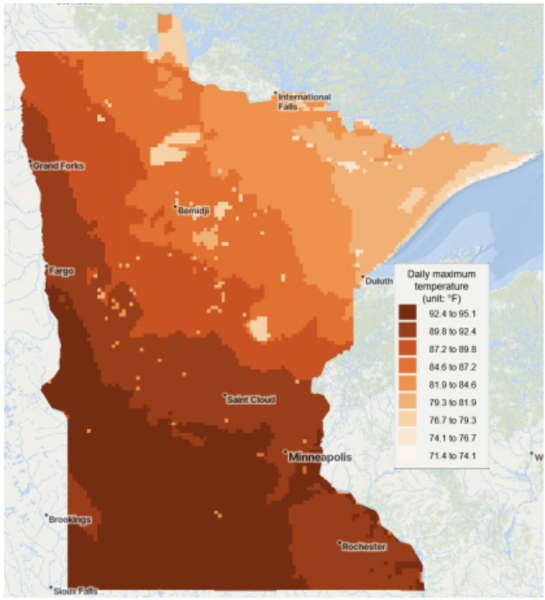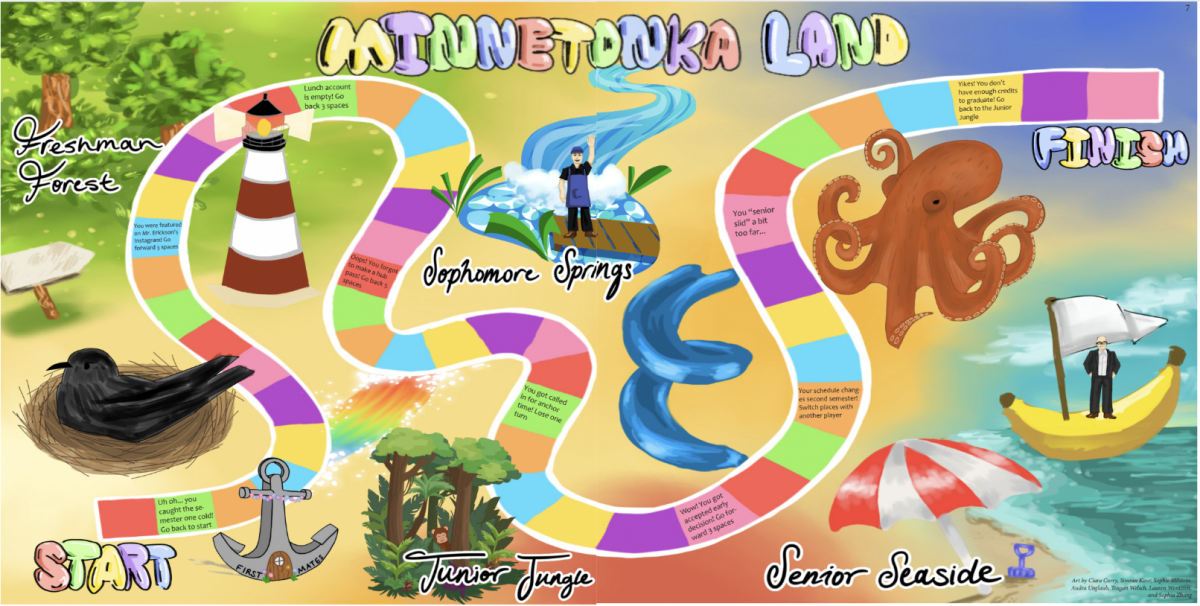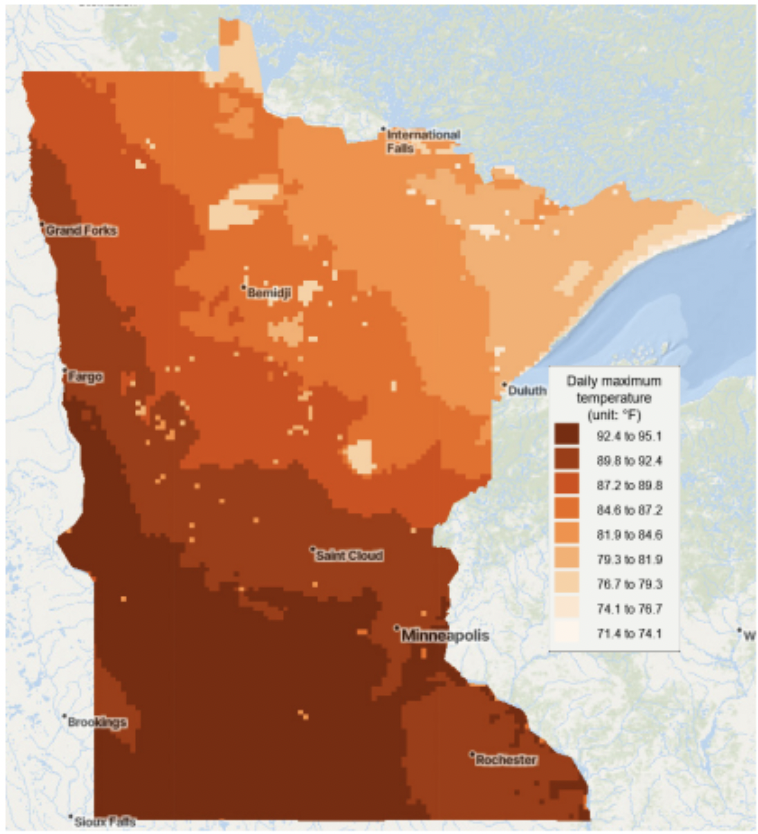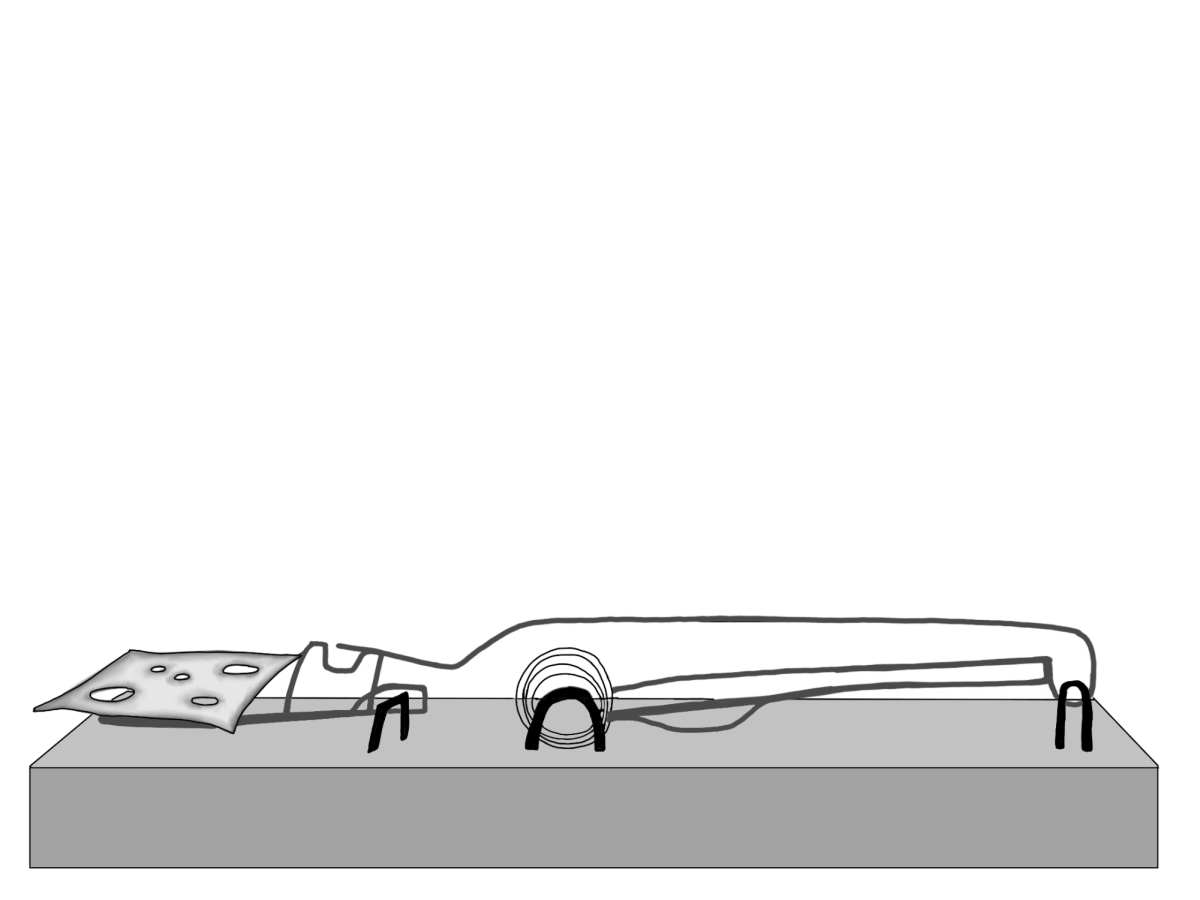Would you buy a house on the top of a dormant volcano? Obviously not, but that’s what thousands of Americans essentially do every year.
Americans have sought respite in the country’s most pleasant climates since the quality of life began to improve and railroads became standard in the late 19th and early 20th century. Perennial reunions at grandma’s Florida beach house, all-inclusive visits to the Caribbean, and spring break excursions at the Grand Canyon are standard for many. Unfortunately, the reality is that the palm trees that Minnesotans hold so close to their hearts may not be waiting for them much longer.
“Climate havens” is a term used to describe areas of the United States that will remain relatively unaffected by the worst impacts of climate change. Although optimistic, the reality of these “havens” is far more complex than what the term lets suggests.
According to a study done by Anna Marandi of Boston University in 2021, cities in the U.S. can be broken down into three types when it comes to their relationship with the changing climate: vulnerable, recipient, or destination. Vulnerable cities will experience a massive loss in population as living conditions become intolerable, expensive, and fatal. Recipient cities will be forced to accommodate an influx of climate refugees without the proper infrastructure. Destination cities will advertise themselves as the “climate havens,” and will be premium real estate for individuals and families seeking asylum.

This reveals a property mispricing effect: buildings in coastal regions, wildfire-prone areas such as the Southwest, flood-prone areas like Louisiana, and places in Tornado Alley, are grossly overpriced compared to the risk they face. Consider a home in Florida: its insurance rate has skyrocketed due to increased severe weather events. The number of natural disasters that will occur annually is not lessening. Some insurance companies have already or are planning to pull out of these high-risk areas entirely–it’s just not financially viable. So, where does this leave prospective and current home- owners and investors? Although very few cities are fully ready for the effects of climate change, some are better prepaped than others. In fact, Minnesota is projected to be one of the safest places in the United States in 50 years. Using long-term modeling data from the U of MN’s Climate Mapping and Analysis Tool (CliMAT), in a worst-case sce- nario, the maximum annual temperatures in the hottest parts of Minnesota will hover around 97 degrees Fahrenheit (36 degrees Celsius). Compared to the lower triple-digit summers that will plague other parts of the country, these temperatures are more than liveable. Minnesota’s 10,000 lakes and large infrastructure budget make it a place with abundant resources and high-quality support systems.
All in all, for prospective homeowners, consider staying local. Property values in Minnesota are only going up.





























